iPhone Keeps Connecting and Disconnecting from Mac? Fix Now!
In this article, you are going to explore the common causes of your iPhone keeps disconnecting from Mac issue. We will also discuss various solutions with their steps to grasp the concept and perform it.
Does your iPhone keep disconnecting from Mac? Are you struggling to transfer files between your iPhone and Mac? If yes, then you are not alone! Many iPhone users have reported this issue. When they connect their iPhone to a Mac, they notice one minute it’s there, and the next it’s vanished. It’s like a digital game of hide and seek but without fun.
However, the real question Is if you can end this technical tango. Luckily, there are various solutions available! In this article, we are going to explore what is the reason behind this unwanted situation. We will also take you through a step-by-step guide to fix this issue. Let’s get started!
Why iPhone Keeps Disconnecting from Mac?
If your iPhone keeps disconnecting from mac, there can be various reasons behind it. In this section, we will shed some light on some of the common reasons.
- Cable or Port Issues: One of the most common reasons behind this issue is your cable. Check if the cable or the USB port on your Mac is faulty. A damaged cable or a dirty port can lead to interrupted connections.
- Software Glitches: Your iPhone and Mac connect through software protocols. Glitches in the connection software can disconnect your iPhone and Mac. Update both devices to the latest software to fix the problem!
- WiFi or Bluetooth Interference: Wireless interference can also disrupt the connection. Make sure there are no Wi-Fi or Bluetooth signals nearby. Turn off the Bluetooth or connect your devices through a different network.
- Background Apps or Processes: Running apps or processes on your iPhone or Mac might be consuming the resources needed for a stable connection. Close unnecessary apps and background processes to free up system resources.
- USB Trust Settings: iPhones have a security feature that requires you to trust a computer before establishing a connection. Check if you’ve unintentionally denied trust to your Mac.
So, these are some of the common causes that can make your iPhone keep connecting and disconnecting from Mac. Now, let’s move forward and explore the solutions to it!
How to Fix iPhone Keeps Disconnecting from Mac?
There are various methods to fix the iPhone keeps disconnecting from Mac. In this section, these solutions are explained along with their steps. They are easy to follow and can be done by anyone. Let’s explore them together!
Fix 1. Check Your Cable
As explained in the reasons, your iPhone cable can be one of the common culprits. A damaged or dirty cable can cause the iPhone to keep disconnecting from Mac. Therefore, make sure that the cable is inserted tightly. You can also clean the USB port with a cotton bud to remove the dust.
However, if the issue persists, you can fix it by swapping your old cable with a new one. This is the quickest and most effective solution to fix the issue. If you think everything with the cable is fine, you can try the next solutions.
Fix 2. Close USBD
Turning off the USBD process can also fix the iPhone keeps disconnecting from Mac issue. It is one of the effective methods. However, keep in mind when you turn off the USBD process, it can slow down the charging speed. You can follow the steps given below to close the USBD process:
Through Terminal:
Step 1: Open your Launchpad and type “Terminal” in the search bar.
Step 2: Once the Terminal is open, type the command: sudo killall -STOP -c usbd.
Step 3: Now, exit the terminal and check if your iPhone keeps connected.
Through Finder:
Step 1: Open “Finder” on your Mac and navigate to “Applications” > “Utilities.”

Open Utilities through Macbook Finder
Step 2: Then, in Utilities, search for “Activity Monitor.”
Step 3: Enter the Activity Monitor app and type USBD.
Step 4: Press the stop button. It appears as an “X” in the top left-hand corner of the app.
If it doesn’t fix the issue, you can go for the next solution.
Fix 3. Repair iOS
Sometimes, problems in the iOS system can cause the iPhone to keep disconnecting from Mac. However, it is quite tricky to repair the system issue manually. This is where AnyFix – iOS System Recovery comes to the rescue! With this powerful tool you can repair system issues in just a few clicks. Not only that, it is the most reliable and effective tool for all your iOS-related issues. You can even solve these problems without any data loss!
Now, you don’t have to rely on manual and daunting steps to fix the iPhone keeps disconnecting from Mac. Moreover, you can also solve issues like the iPhone won’t charge, won’t turn on, stuck on the lock screen, and many more. The best part? Its user-friendly interface won’t require any technical skills to use AnyFix. All iPhone models and iOS versions are supported.
Before starting, download AnyFix on your PC/Mac. Then, follow the instructions given below to fix iPhone keeps disconnecting from Mac.
Free Download * 100% Clean & Safe
Step 1: After the installation is done, connect your iOS device to your PC/Mac. Launch AnyFix and select the System Repair mode.

AnyFix System Repair Option
Step 2: Now, AnyFix will start to detect your iOS device. Once completed, you will see the below interface. Click the Start Now button.
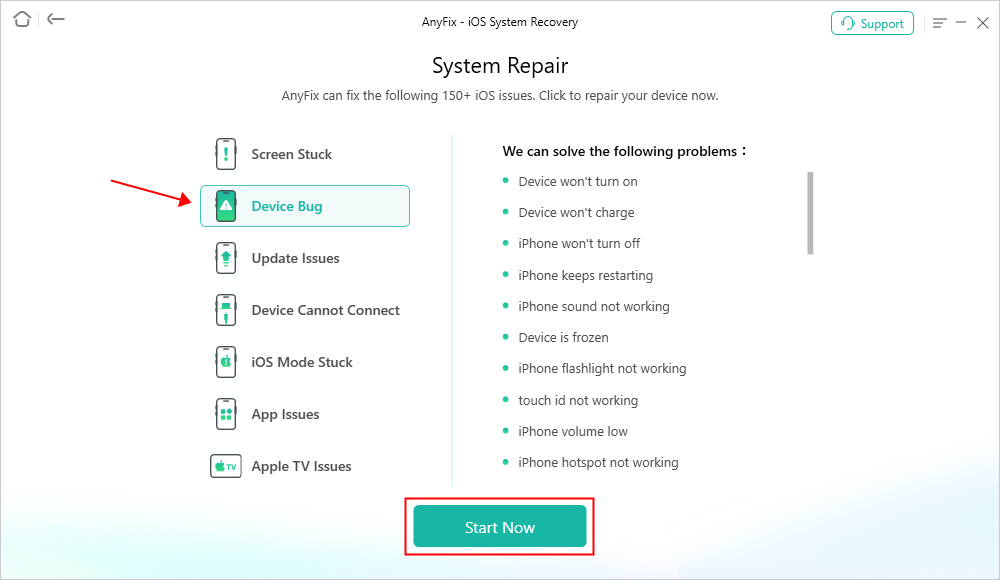
AnyFix System Repair Device Bug
Step 3: Now, you are supposed to select a repair mode. Choose the Standard Repair option.
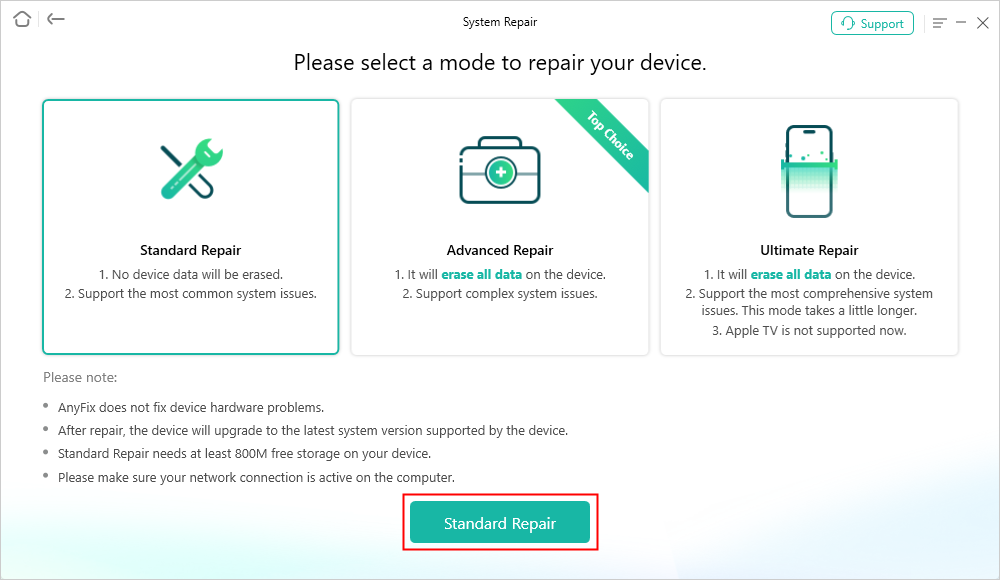
AnyFix Standard Repair
Step 4: AnyFix will provide you with the firmware of your iOS device. Click the Download button to download your device’s firmware package.
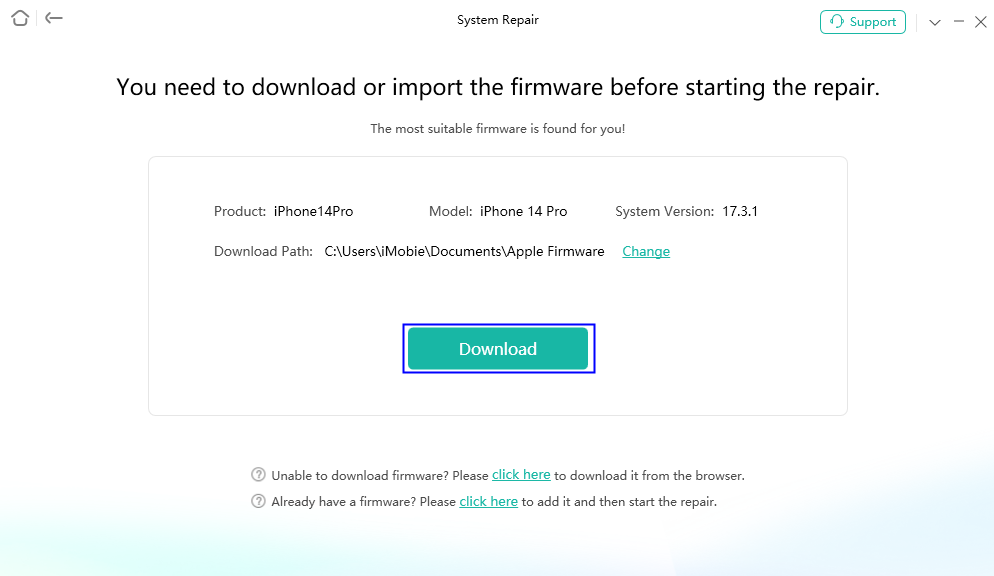
AnyFix System Repair Firmware Download
Step 5: After the firmware package for your iOS device is downloaded successfully, you will see the below interface. Click the Start Standard Repair button.
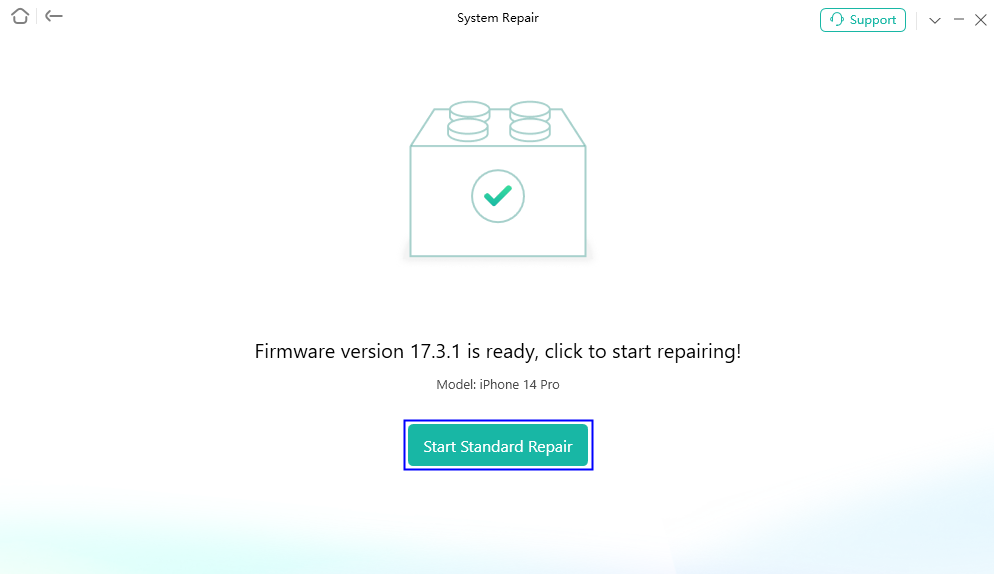
AnyFix System Repair Firmware Finish Downloading
Step 6: Now, AnyFix will start repairing your iPhone. It is suggested not to disconnect your iPhone until it restarts. Once the repair process is completed, you will see the below interface.
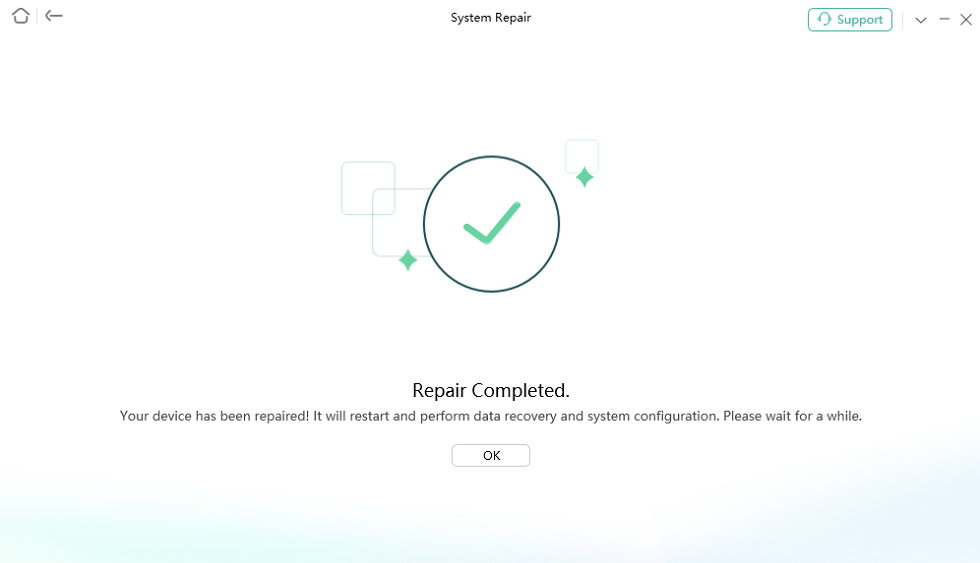
Repair Is Completed
Did you see it? How easy and efficient it is to use AnyFix. After system repair, we are sure that the iPhone keeps disconnecting from Mac issue will be fixed.
But if you still want to explore other solutions, you can continue reading.
Fix 4. Reset Location & Privacy
Sometimes, the Macbook doesn’t recognize the iOS devices due to privacy issues. In this case, you need to reset your iPhone’s location and privacy settings. After the reset, your device will make a fresh start and allow the Macbook to recognize it. You can follow the instructions given below to reset location & privacy:
Step 1: Open “Settings” on your iPhone.
Step 2: Go to “General” > “Transfer or Reset iPhone,” scroll down, and click “Reset Location & Privacy.”
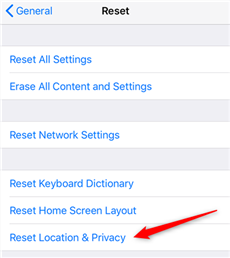
Reset iPhone’s Location and Privacy
Step 3: Enter your passcode and hit “Reset Settings.”
Now, connect your iPhone to the Mac and check if the issue is resolved. If it persists, you can try the next solution.
Fix 5. Reset NVRAM and PRAM
Resetting NVRAM and PRAM can also fix the iPhone keeps disconnecting from Mac issue. NVRAM stands for Non-Volatile Random Access Memory. It is a newer version of PRAM used on Apple silicone or Intel-based Macs. NVRAM is non-volatile, which means the settings stored in it are not lost even when you turn off your Macbook. So, you have to reset this setting manually.
You can follow the instructions given below to reset NVRAM and PRAM:
Step 1: Shut down your Mac.
Step 2: Power it on, and immediately press and hold Command + Option + P + R.
Step 3: Keep holding the keys until you hear the startup sound for the second time.
Step 4: Release the keys and check if the connection issue persists.
Still facing the same issue? Don’t worry. We have one more solution ahead!
Fix 6. Update iOS and macOS
Updating your iPhone and Mac software can resolve many issues and bugs, including the iPhone keeps disconnecting from Mac. So, keeping your devices up to date ensures that you have the latest fixes and improvements. However, if you don’t know how to update your iPhone and Mac”s software, you can follow the below steps:
Steps to Update iOS
Step 1: Go to “Settings” on your iPhone. Then, scroll down and “General.”
Step 2: Now click “Software Update” to check if there are any updates.
Step 3: If an update is available, click “Update Now” and follow the on-screen instructions to download and install it.
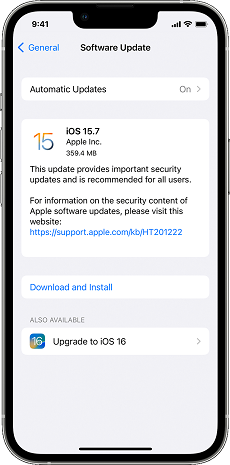
Check the Software Updates
Steps to Update macOS
Step 1: Go to your “Apple” menu. Click “System Preference” > “Software Update.”
Step 2: If you see any update available, click “Update Now” and download it.
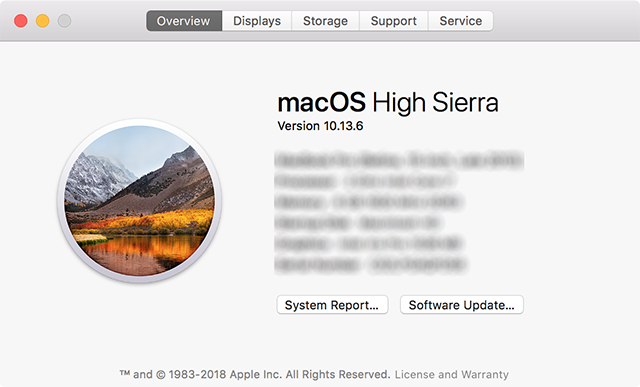
Find Software Updates for Mac
After trying all the above solutions, if you still face the issue, you can go for the last solution.
Fix 7. Ask Apple for Help
If you cannot fix the iPhone keeps disconnecting from Mac issue after trying all the above methods. Contacting Apple support for help is your last resort. Their team will assist you properly and help you solve the issue. Though it will take a long time, your issue will hopefully be resolved. Follow the instructions given below to reach out to Apple Support:
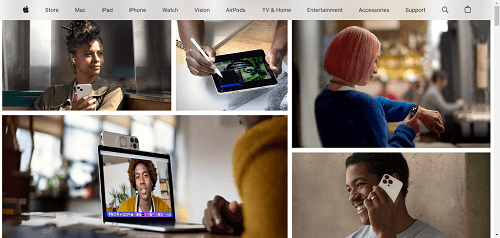
Contact Apple for Assistance
- First, collect details of your iPhone and Mac, such as model and serial number.
- Visit the Apple Store website or app to initiate the contact.
- Clearly describe the issue and mention all the methods you tried.
- Make them believe that you are the real owner of the devices.
- Cooperate with the support team and follow the instructions they provide.
The Bottom Line
In the world of technology, it is very common that glitches happen. Your iPhone and Mac can have a little hiccup in their connection. In this article, we have explored simple fixes to get them back on track. You can start with the basics, like checking the cable and closing the unnecessary apps.
However, if nothing works, let AnyFix be your superhero. Download this amazing tool and repair the system issue. We are positive that it will fix the iPhone keeps disconnecting from Mac issue. And if nothing works at all, Apple support is here to rescue you.
Free Download * 100% Clean & Safe
Product-related questions? Contact Our Support Team to Get Quick Solution >

